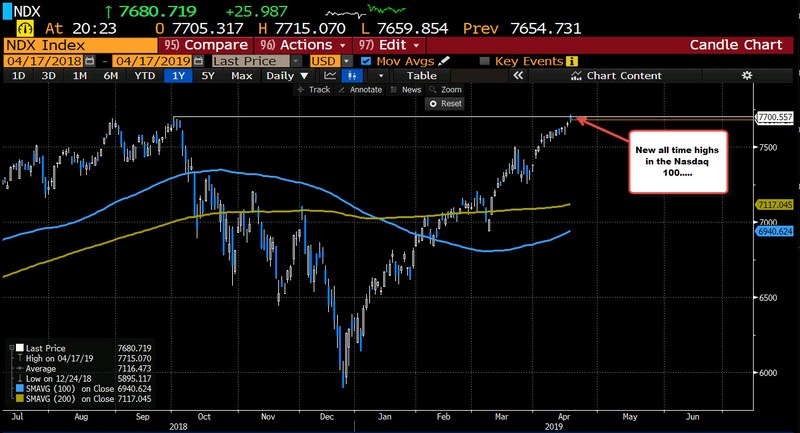
Indicator RSI (abbreviation RSI Relative Strength Index relative strength index). Today it is one of the most commonly used indicators in the financial markets. Wells Weider introduced the RSI indicator into the trader's set of working tools, who first mentioned it in 1978 in one of the articles for Commodities magazine. He outlined more detailed instructions on how to calculate and interpret the RSI indicator in his monograph "New Concepts of Technical Trading Systems".
By the way, the name "Index of Relative Strength" was not chosen very well in its time. The RSI indicator does not demonstrate the relative strength of the compared trading instruments, but the internal strength of a single instrument, so it would be more logical to call it the “Internal Strength Index”. However, that is, the name given to the indicator stuck.
Today, the relative strength indicator is a highly demanded technical indicator found in any technical analysis software. However, some analysts are of the opinion that the RSI indicator is gradually losing its effectiveness due to its too widespread use. Whether it is true or not is a controversial issue, but the fact remains the calculation of changes in the values of the indicator allowed many traders to amass considerable capital.
Remember, there are no indicators on Forex that are not wrong. The RSI indicator, like any others, requires confirmation of its signals. When building your own trading system, use several indicators.
Observe Money Management. Never risk more than 2 percent of your capital in one trade. This approach will protect you from ruin and will allow you to consistently make money on Forex using the RSI indicator.
Be clear about your trading strategy. If you need to open a deal using the RSI indicator, open, if you fix the result, fix it, and it doesn't matter if you are in the black or not. Only following the rules of the Relative Strength Index (RSI) "inside and out" will make money.





